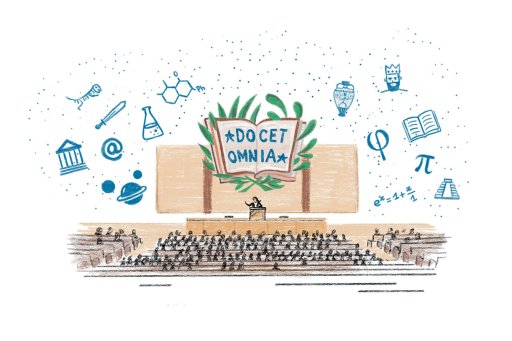The team around Prof. Charpin has been working since 2017 on texts from the city of Ur (Tell al-Muqayyar) in southern Iraq. This site has long attracted attention due to the imposing mass of its ziggurat. Excavations have been carried out here since 1854, with Woolley's 1922-1934 dig made famous by the famous royal tombs discovered. But the site also offers a unique opportunity to reconstruct the life of a Mesopotamian city, thanks to the extraordinary abundance of archives discovered both in the large buildings and in the living quarters dating from the first quarter of the 2nd millennium BC.
In the present work, we first wanted to take better account of the 230 texts discovered prior to Woolley's excavations (out of a total corpus of 1,500): by Taylor in 1854, then irregularly until 1918. Here, we draw up a catalog, reconstructing the various contexts in which these tablets were unearthed.
Moreover, the tablets discovered during Woolley's excavations were published without sufficient attention being paid to the archaeological data. Relying on the "Ur Online" project, the authors have succeeded in overcoming the deficiencies of the record and reconstructing numerous archives, whether of organizations such as Ganunmah, or individuals such as Dumuzi-gamil or Ea-naṣir. Better defining the nature of the textual samples that have come down to us has enabled us to correct certain premature generalizations and resume synthetic studies, focusing on activities like lending or groups like the clergy of the god Enki-d'Eridu. Advances in our knowledge have also made collation work on originals or photos extremely fruitful: on this basis, over a hundred texts are published here, including seven published for the first time.
Finally, we must take into account the abundant epigraphic discoveries made during the three excavation campaigns carried out between 2015 and 2019 on the Tell al-Muqayyar site under the direction of E. Stone. They have directly inspired some of the studies in this collection, particularly with regard to tablets found in burial vaults. They have also helped to challenge the supposedly weak evidence of Babylonian presence for twenty-five years, before the city of Ur was largely abandoned in Samsu-iluna 12 (1738 BC).
With this in mind, the fifteen contributions that make up the present volume were prepared as part of the "EcritUr" project funded by the ANR for 36 months from October1, 2017. Grouped into six parts, they are followed by a large index apparatus and abstracts in French and English.
D. Charpin, M. Béranger, B. Fiette, A. Jacquet, with the collaboration of N. Ait Said-Ghanem & V. Chalendar, ARCHIBAB 4: Nouvelles recherches sur les archives d'Ur d'époque paléo-babylonienne, Mémoires de NABU 22, Paris, Société pour l'étude du Proche-Orient ancien, 2020 (ISBN 979-10-97449-03-21).










